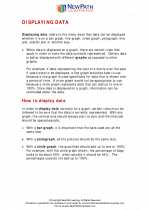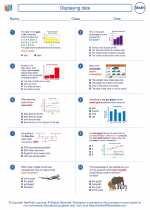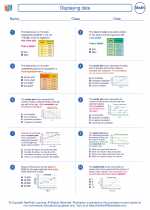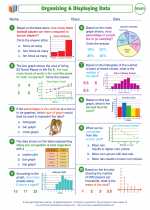Six-Sided Die
A six-sided die, also known as a D6, is a cube-shaped object used in various games and probability experiments. Each face of the die is marked with a different number from 1 to 6. When the die is rolled, one of these numbers is randomly selected.
Understanding the Six-Sided Die
The six-sided die is a fundamental tool in probability theory and is often used in board games, role-playing games, and gambling. It is a fair die, meaning that each of the six outcomes has an equal probability of occurring when the die is rolled.
Notation
In mathematical notation, the outcomes of rolling a six-sided die are often represented by the set {1, 2, 3, 4, 5, 6}. This set contains the possible values that can result from a single roll of the die.
Probability
When working with a six-sided die, the probability of rolling a specific number can be calculated using the formula:
Probability = (Number of favorable outcomes) / (Total number of possible outcomes)
For example, the probability of rolling a 3 on a six-sided die is 1/6, since there is 1 favorable outcome (rolling a 3) out of 6 possible outcomes (rolling a 1, 2, 3, 4, 5, or 6).
Study Guide
If you are studying the topic of six-sided dice, here are some key points to focus on:
- Understand the concept of a six-sided die and its use in games and probability experiments.
- Learn the notation for representing the outcomes of rolling a six-sided die.
- Practice calculating probabilities of specific outcomes when rolling a six-sided die.
- Explore real-world applications of six-sided dice, such as in gaming and gambling scenarios.
By mastering these concepts, you will have a solid understanding of the six-sided die and its role in probability theory and games.
.◂Math Worksheets and Study Guides Eighth Grade. Displaying data

 Worksheet/Answer key
Worksheet/Answer key
 Worksheet/Answer key
Worksheet/Answer key
 Worksheet/Answer key
Worksheet/Answer key
 Worksheet/Answer key
Worksheet/Answer key
